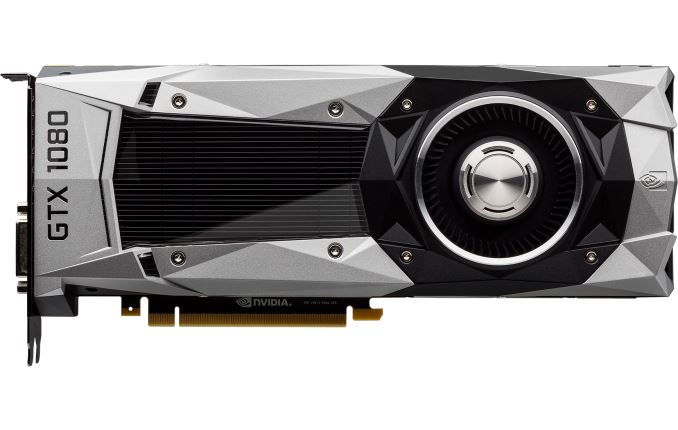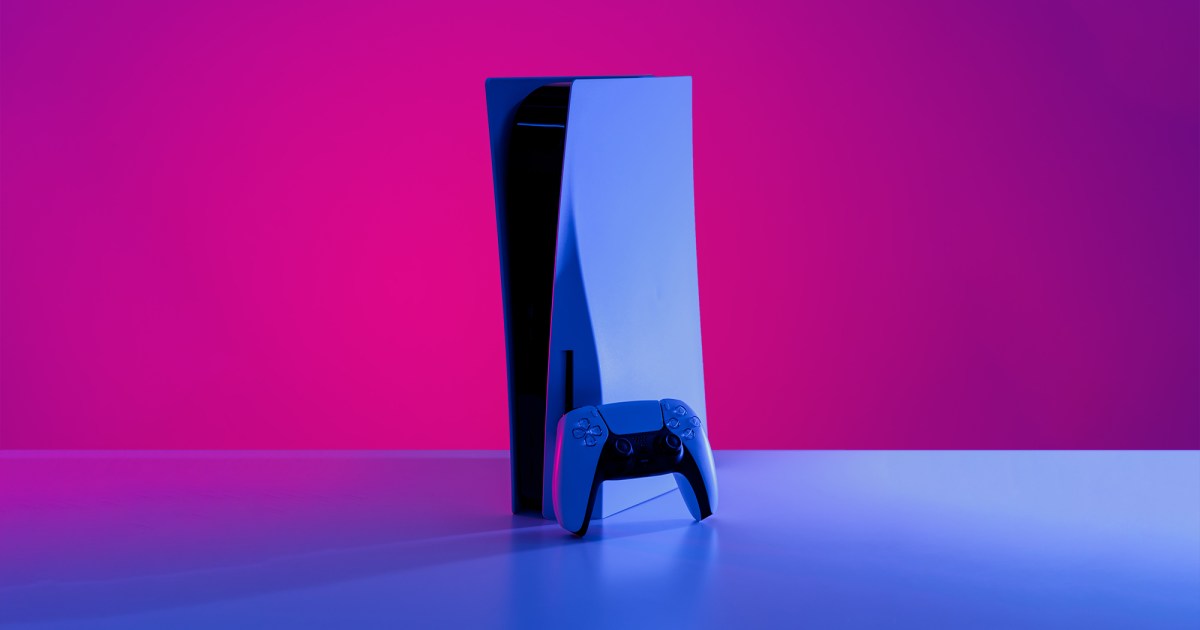Interesting that you chose the 1070 for the comparison as it was always a bit odd fillrate-wise. I'd be curious to see what the 1080 scores, given that both have 64 ROPs and similar clocks.Achieved in the shader. How much is influenced by GPU width? Just reading tweet replies...
Suggests wider XBSX GPU helps reduce gap somehow.
As I say, how do the other GPUs compare, like 4080 vs 3070, or 1070 vs 1060? Do they all scale in relation to theoretical fillrates or not?
My quick Googlage,
1070 = 107.7 Gpx/s
1060 = 82 Gpx/s
1070 is 1.3x bigger. But in benchmark it's 1.6x bigger.
I'm trying to remember back to exactly which situations the 1070 could flex all 64 ROPs. MSAA resolve was one, which is why I bought it for my first VR card; VR games are very frequently MSAA-heavy and in those, the 1070 was nearly as good as the 1080.
"As for GTX 1070, things are a bit different. The card has all of the ROPs of GTX 1080 and 80% of the memory bandwidth, however what it doesn’t have is GP104’s 4th GPC. Home of the Raster Engine responsible for rasterization, GTX 1070 can only setup 48 pixels/clock to begin with, despite the fact that the ROPs can accept 64 pixels. As a result it takes a significant hit here, delivering 77% of GTX 1080’s pixel throughput. With all of that said, the fact that in-game performance is closer than this is a reminder to the fact that while pixel throughput is an important part of game performance, it’s often not the bottleneck."


